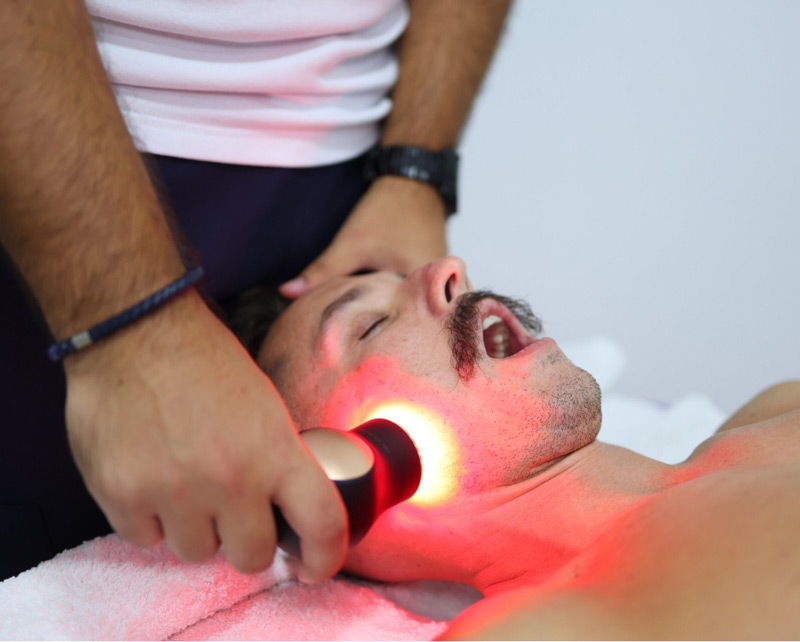- Home
- New Patients
- Treatments
- All Treatments
- Physiotherapy Evaluation
- Vestibular rehabilitation
- Cervicocranial treatment
- LVLA – Low Velocity Low Amplitude
- HVLA – High Velocity Low Amplitude
- Modern Cupping Treatment
- Kinesio Taping
- Kinetic Flossing
- IASTM – Instrument Assisted Soft Tissue Mobilization
- Dry Needling
- Electro Dry Needling
- Manual Therapy
- Therapeutic Exercises
- Low Level Laser Treatment
- About Aleks
- Blog
- F&Q
- Contact
- Home
- New Patients
- Treatments
- All Treatments
- Physiotherapy Evaluation
- Vestibular rehabilitation
- Cervicocranial treatment
- LVLA – Low Velocity Low Amplitude
- HVLA – High Velocity Low Amplitude
- Modern Cupping Treatment
- Kinesio Taping
- Kinetic Flossing
- IASTM – Instrument Assisted Soft Tissue Mobilization
- Dry Needling
- Electro Dry Needling
- Manual Therapy
- Therapeutic Exercises
- Low Level Laser Treatment
- About Aleks
- Blog
- F&Q
- Contact
The Surprising Link Between TMJ Disorder And Posture
Do you find yourself frequently dealing with jaw pain, clicking sounds, or difficulty chewing? The culprit might not just be related to your jaw; it could be linked to your posture as well. Let’s explore the fascinating connection between TMJ disorder and posture.
Understanding TMJ Disorder: The temporomandibular joint, or TMJ, is the joint that connects your jaw to the temporal bones of your skull. TMJ disorder can cause a range of symptoms, including jaw pain, headaches, and difficulty opening and closing your mouth.
The Role of Posture: Surprisingly, your posture plays a significant role in the development and exacerbation of TMJ disorder. Poor posture, especially in the neck and upper back, can contribute to muscle imbalances and tension in the jaw area.
How Posture Affects TMJ:
• Forward Head Posture (FHP): When your head is constantly leaning forward, it can cause strain on the neck and jaw muscles, contributing to TMJ issues.
• Upper Back Tension: Tightness in the upper back muscles can create a chain reaction, impacting the muscles around the jaw and exacerbating TMJ symptoms.
• Misalignment: Poor overall posture can lead to misalignment of the spine, affecting the entire musculoskeletal system, including the jaw.
Tips for Improving Posture and Relieving TMJ Symptoms:
• Ergonomics: Maintain proper ergonomics at your desk to prevent forward head posture.
• Posture Exercises: Incorporate exercises that strengthen the upper back and neck muscles to support good posture.
• Awareness: Be mindful of your posture throughout the day, making a conscious effort to sit and stand tall.
• Stress Management: High stress levels can contribute to TMJ issues. Practice stress-reducing activities such as meditation or yoga.
Consulting with a Physiotherapist: If you’re experiencing persistent TMJ symptoms, it’s advisable to consult with a physiotherapist. They can assess your posture, identify muscle imbalances, and provide a tailored treatment plan to alleviate TMJ discomfort.
Conclusion: The connection between TMJ disorder and posture highlights the importance of holistic healthcare. By addressing posture issues and incorporating proper ergonomics, you can positively impact your jaw health. If you’re struggling with TMJ symptoms, take the first step towards relief by paying attention to your posture.
Remember, this blog is for informational purposes only, and it’s always advisable to consult with a healthcare professional for personalized advice and treatment.

